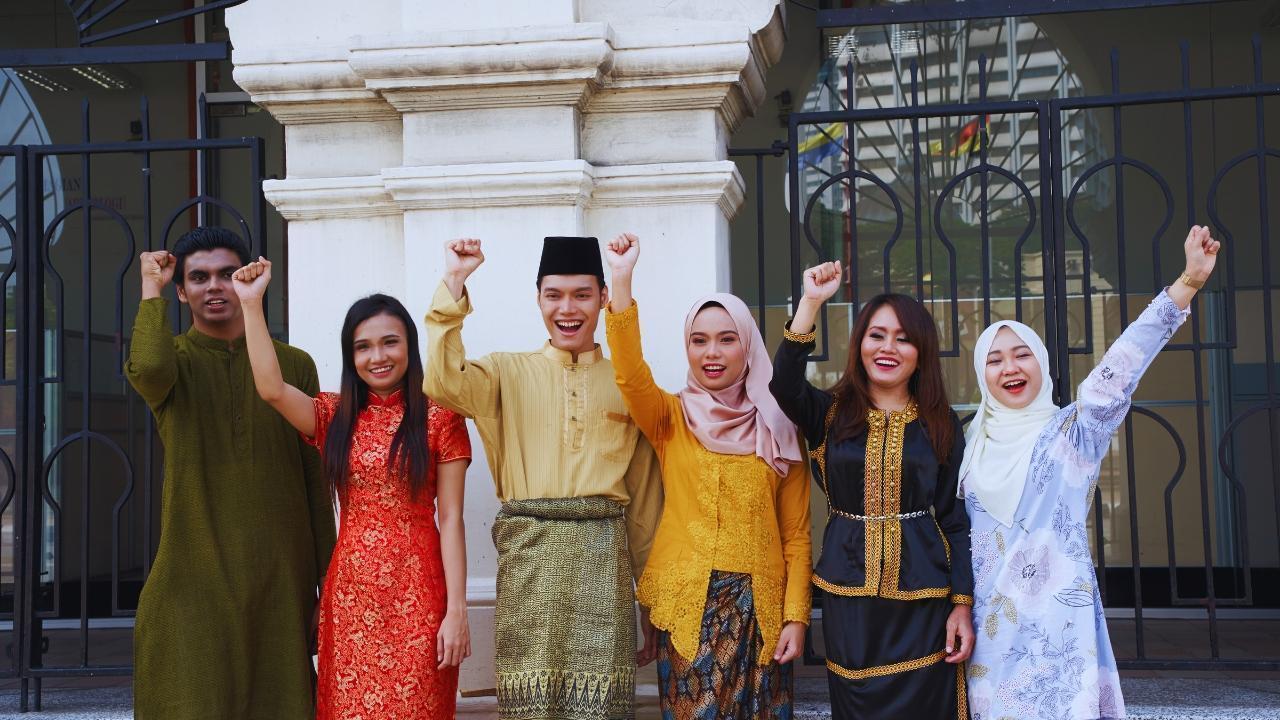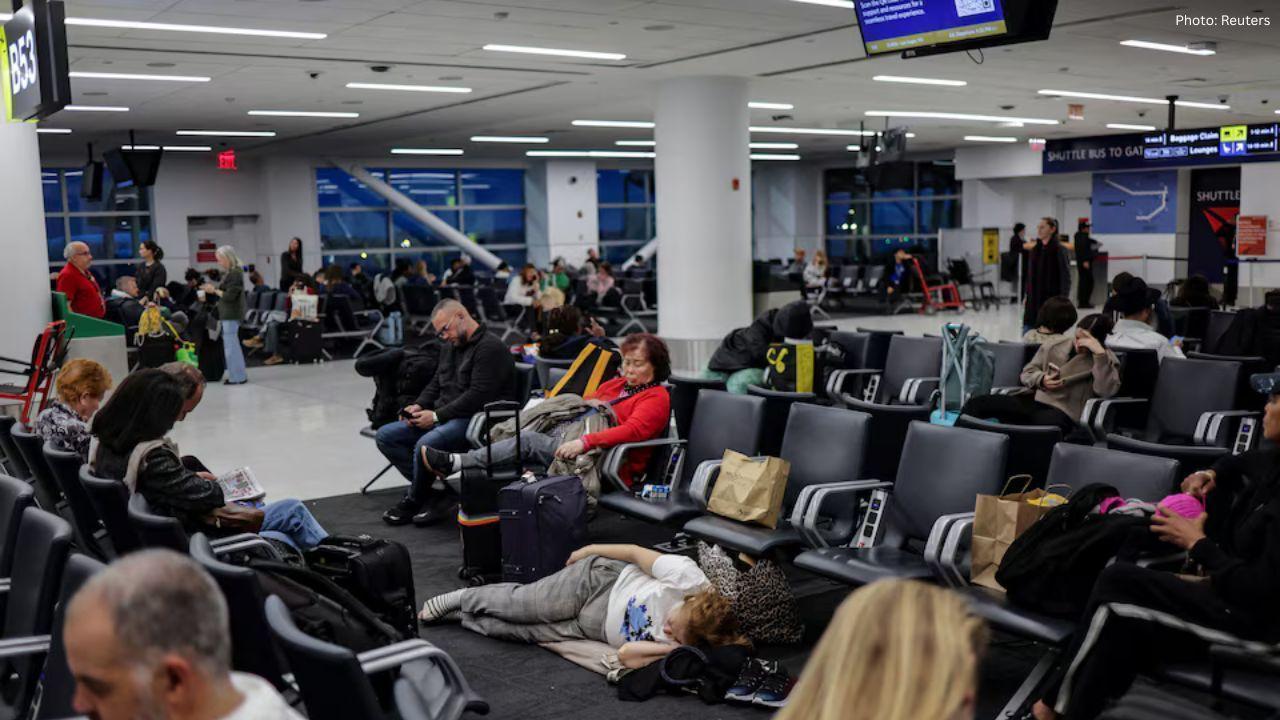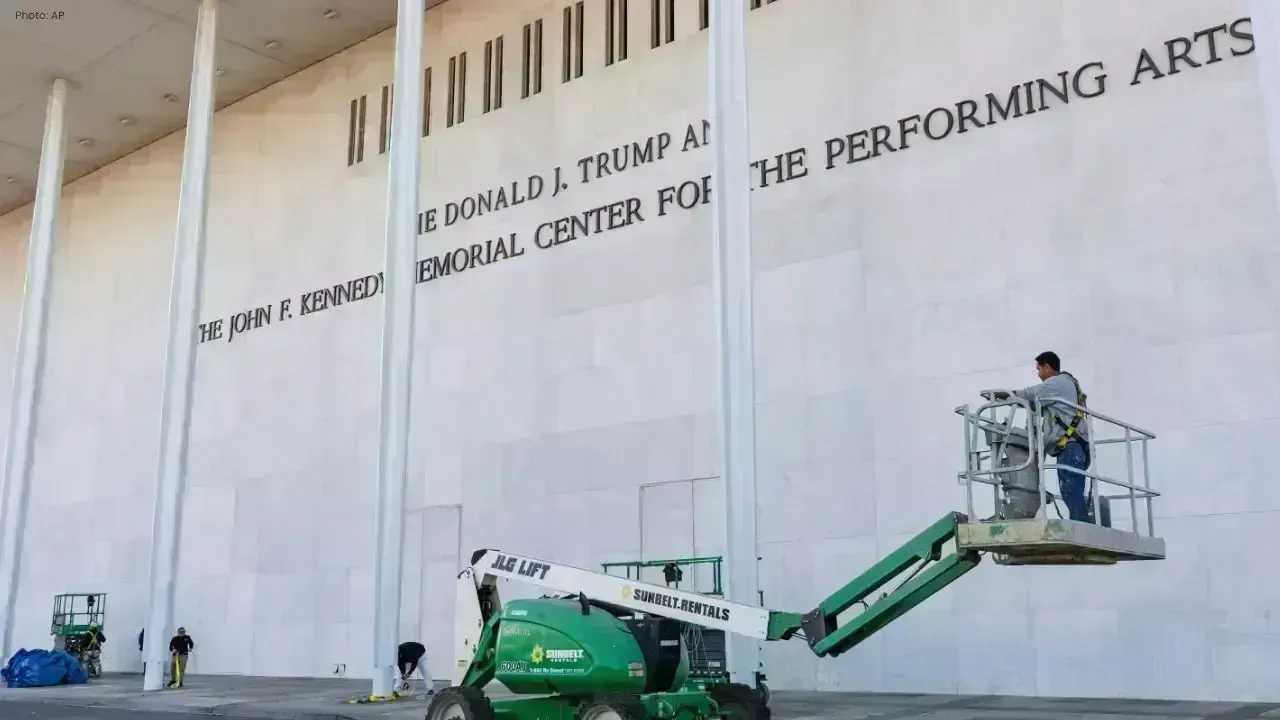You have not yet added any article to your bookmarks!

Join 10k+ people to get notified about new posts, news and tips.
Do not worry we don't spam!

Post by : Anis Farhan
From Malaysia’s multicultural cities to Myanmar’s conflict-ridden provinces, questions of ethnicity and national identity sit at the heart of Southeast Asia’s politics, policies, and daily life. In a region where colonial borders encompassed hundreds of ethnic groups, languages, and belief systems, the challenge of forging a unified national identity remains ongoing — and increasingly contested.
As economies grow and societies modernize, younger generations are questioning the ethnic hierarchies, historical narratives, and state policies that define what it means to belong. The debate isn’t merely academic — it shapes access to education, employment, political power, and cultural recognition.
Much of Southeast Asia’s ethnic diversity was both shaped and complicated by colonial rule. European powers grouped disparate communities into single administrative units — Burma, Malaya, Indochina — often privileging certain ethnic groups over others for administrative ease.
After independence, newly formed states had to create national identities from this inherited diversity. In many cases, dominant ethnic groups set the terms. Malays in Malaysia, Burmans in Myanmar, Thais in Thailand — these majorities became cultural touchstones around which national unity was constructed.
This often marginalized minority groups. Indigenous peoples, migrants, and ethnic border communities were labeled as “outsiders,” “non-bumiputera,” or “unintegrated.” The consequences are still visible today — in affirmative action policies, language mandates, and representation gaps.
One of the most visible flashpoints in the identity debate is affirmative action. In Malaysia, the bumiputera policy — which favors ethnic Malays and indigenous groups in education, business, and civil service — was introduced in the 1970s to correct historical economic imbalances. While supporters argue it has helped uplift rural Malays, critics say it institutionalizes racial divisions and disadvantages other communities, particularly ethnic Chinese and Indians.
Indonesia’s efforts to balance national unity with ethnic recognition are reflected in its motto Bhinneka Tunggal Ika (“Unity in Diversity”). Yet, conflicts in Papua, Aceh, and West Kalimantan have revealed deep-seated grievances over marginalization and cultural erasure.
In Myanmar, ethnic conflict remains entrenched, with armed struggles waged by minority groups demanding autonomy, language rights, and political inclusion — most tragically seen in the persecution of the Rohingya.
Even in countries like Singapore, hailed for managing multiethnic coexistence, policies such as racial housing quotas and CMIO (Chinese-Malay-Indian-Other) classification have come under scrutiny for reinforcing racial categories rather than transcending them.
Today, a new generation across Southeast Asia is rethinking identity. With greater access to global ideas and historical knowledge, young people are challenging state-imposed narratives and demanding more inclusive definitions of nationhood.
In Malaysia, youth-led movements are pushing for needs-based rather than race-based policies. In Thailand, student protests have linked calls for democratic reform with greater cultural autonomy for minority groups in the north and south. In Indonesia, Papuan youth are using art and social media to reclaim cultural pride and protest inequality.
This generational shift is also visible in how people self-identify. Many urban youth, particularly in Singapore and Kuala Lumpur, see themselves as Southeast Asian, Asian, or simply global — rather than being tightly bound to ethnic categories. This fluidity poses both a challenge and an opportunity for governments attempting to balance cohesion with recognition.
Representation matters — and in Southeast Asia, who gets to tell the national story remains contested. School textbooks often present sanitized, majority-centric versions of history. National media tends to spotlight dominant cultural expressions while relegating minority traditions to token segments.
Language policy plays a major role here. National languages like Bahasa Malaysia, Thai, and Burmese are necessary for unity, but the suppression or neglect of minority languages risks eroding cultural heritage. In Laos and Vietnam, for instance, many ethnic minorities lack access to education in their native tongues, limiting both academic achievement and identity affirmation.
Meanwhile, positive change is occurring through digital and independent platforms. Podcasts, films, and online magazines created by ethnic minority youth are giving voice to alternative narratives. TikTok, Instagram, and YouTube have become spaces where culture is reclaimed, traditions are explained, and diversity is normalized.
Southeast Asia doesn’t need to erase ethnicity to build nationhood. Instead, it must embrace a model of inclusive nationalism — one that recognizes historical grievances, ensures equitable policy, and celebrates diversity as a strength rather than a liability.
This involves:
Revising education curricula to include multiple historical perspectives.
Protecting minority languages and customs through legislation and funding.
Reforming affirmative action to focus on socioeconomic need rather than ethnicity alone.
Promoting intercultural dialogue through the arts, media, and civic education.
Crucially, governments must listen — not just to political elites or dominant groups, but to grassroots voices. Only by acknowledging the complexity of identity can Southeast Asian nations move from mere tolerance to genuine belonging.
This article is for editorial and informational purposes only. It does not represent the views of any government or political organization. Readers are encouraged to consult official sources and local community perspectives for in-depth understanding.










Akshaye Khanna exits Drishyam 3; Jaideep Ahlawat steps in fast
Producer confirms Jaideep Ahlawat replaces Akshaye Khanna in Drishyam 3 after actor’s sudden exit ov

Kapil Sharma’s Kis Kisko Pyaar Karoon 2 to Re-release in January 2026
After limited screens affected its run, Kapil Sharma’s comedy film Kis Kisko Pyaar Karoon 2 will ret

Hrithik Roshan and Saba Azad Celebrate Christmas at Family Party
Hrithik Roshan and Saba Azad celebrated Christmas at Sussanne Khan’s party, sharing happy moments wi

China Sanctions 20 US Defense Firms Over Taiwan Arms Sales Dispute
China imposes sanctions on 20 US defense companies and 10 executives for supplying arms to Taiwan, e

Salman Khan’s Grand 60th Birthday Bash at Panvel Farmhouse Shines Bright
Salman Khan celebrates his 60th birthday with a grand party at Panvel farmhouse, sharing joyful mome

Thailand Defence Minister Joins Talks to End Deadly Border Clash
Thailand’s defence chief will join talks with Cambodia as border clashes stretch into a third week,